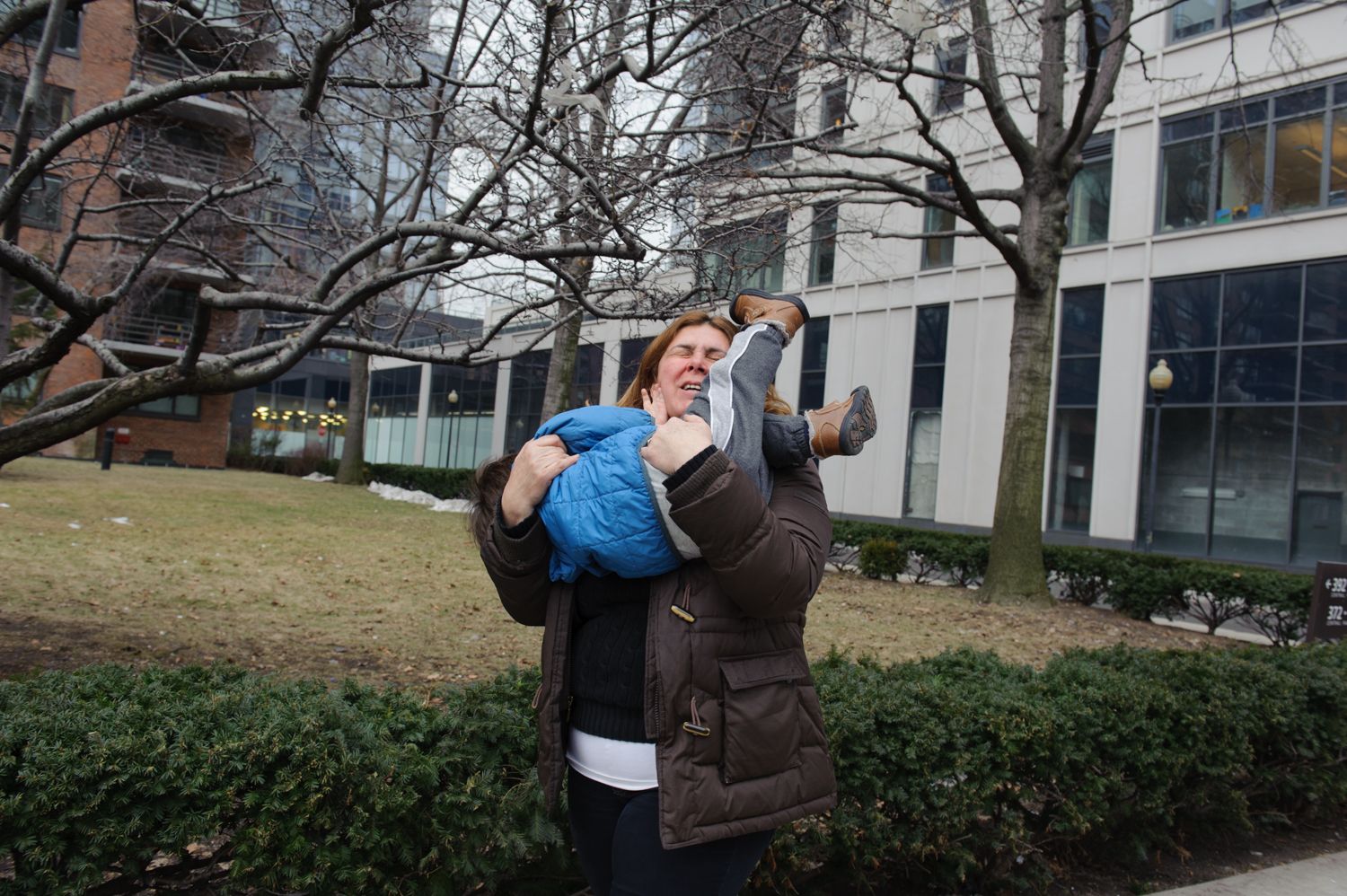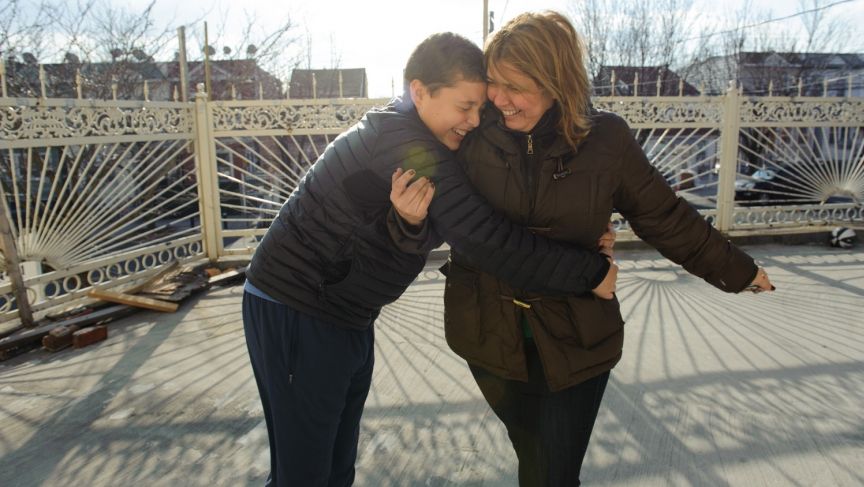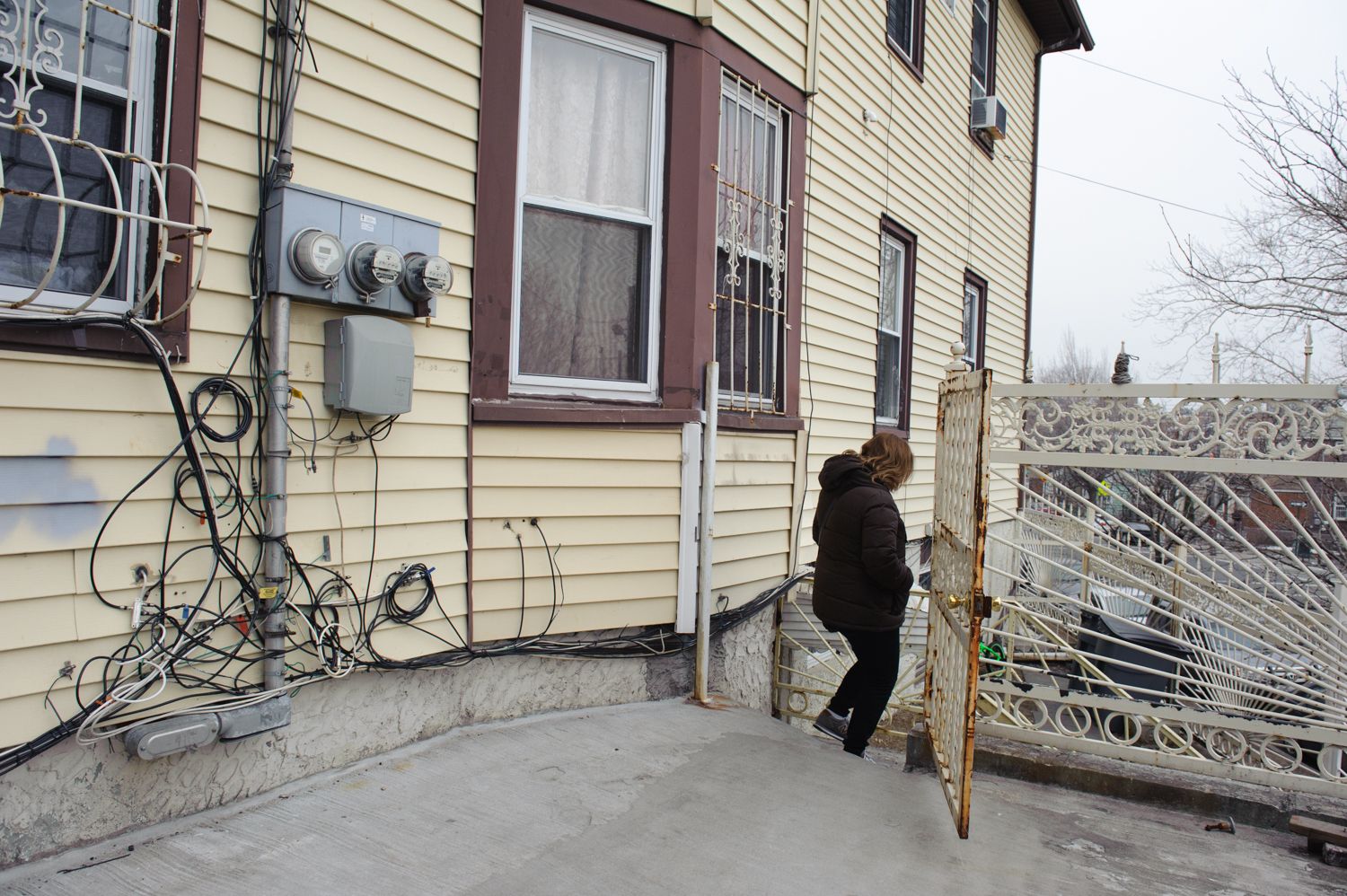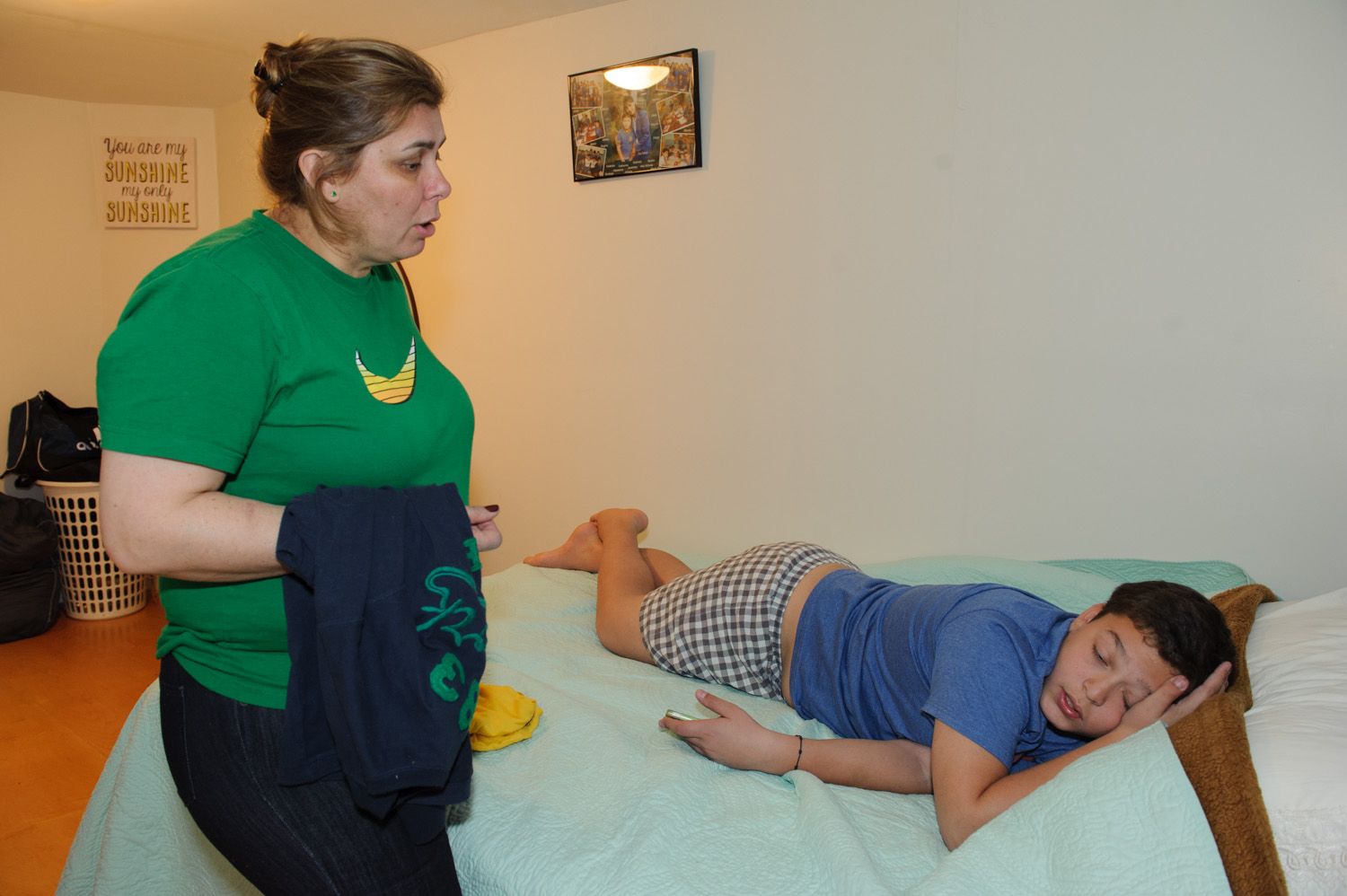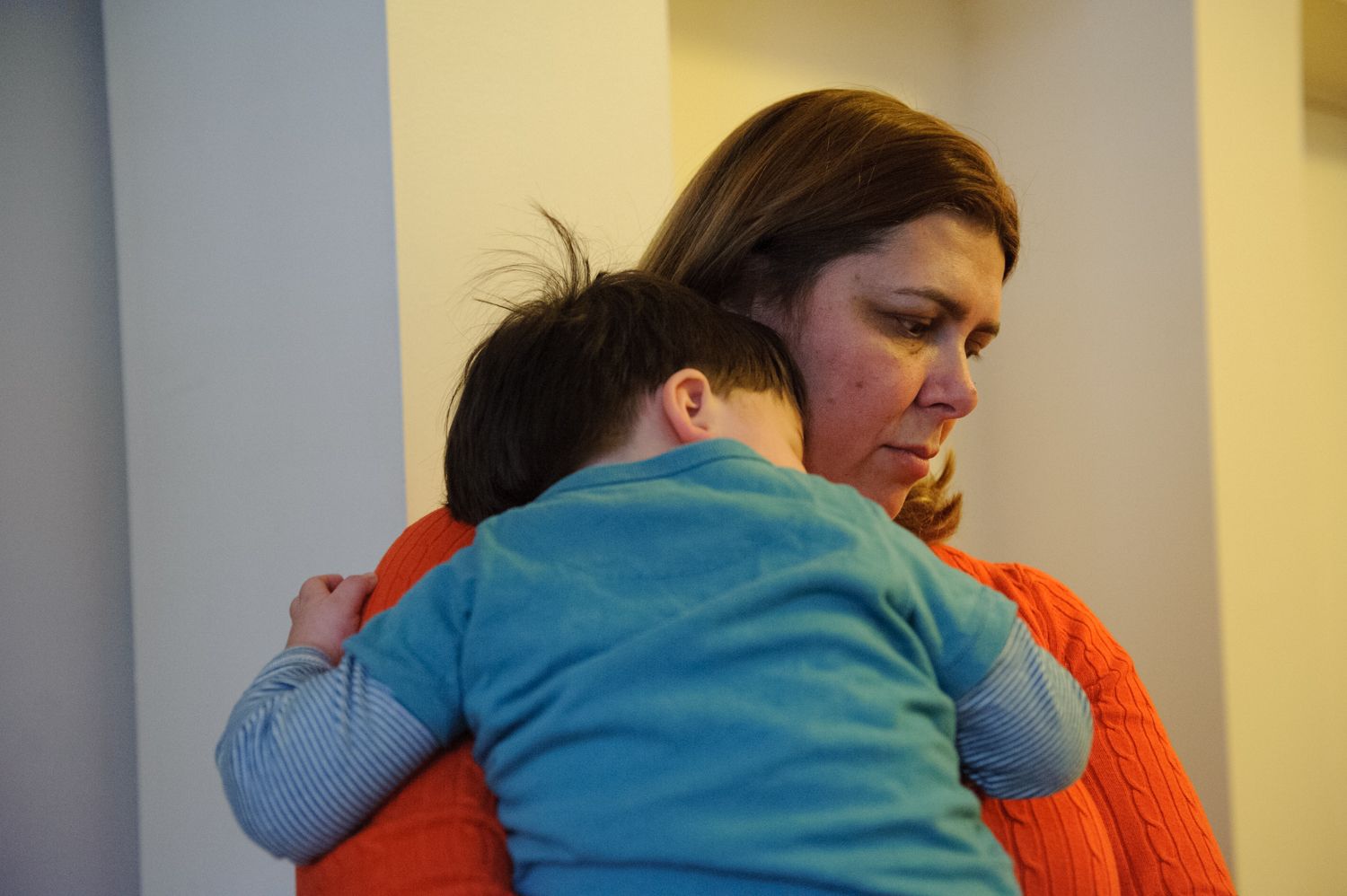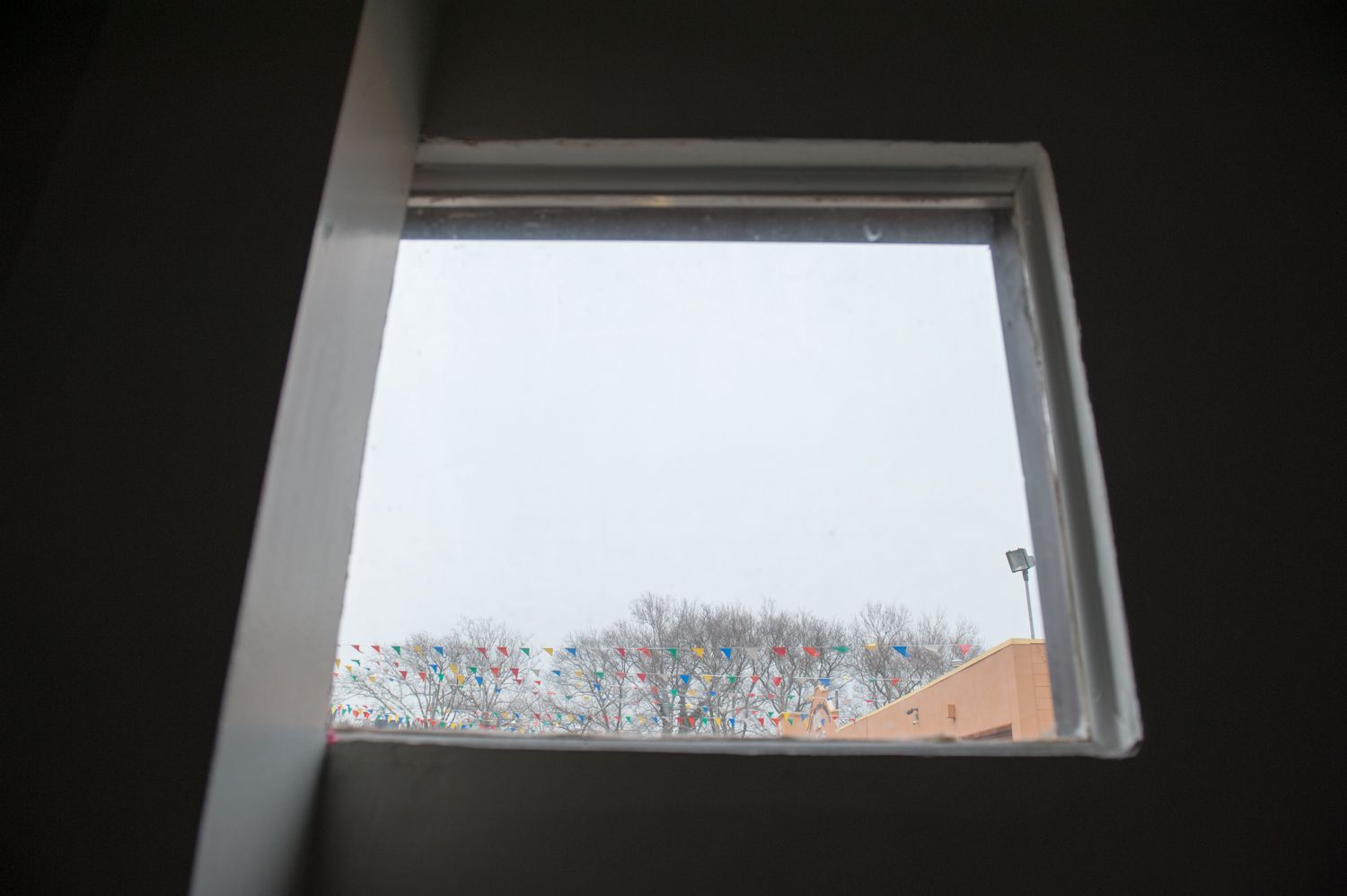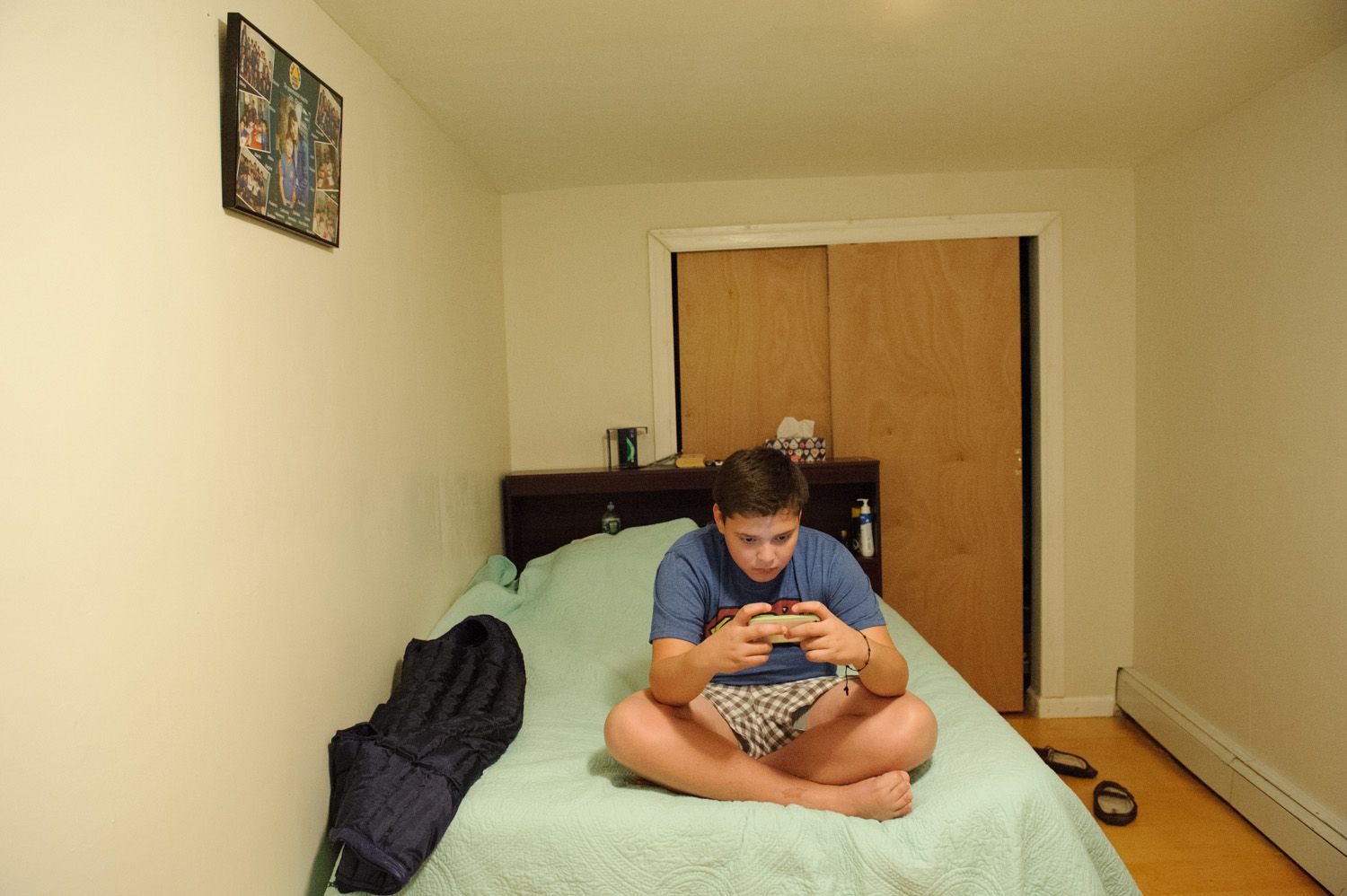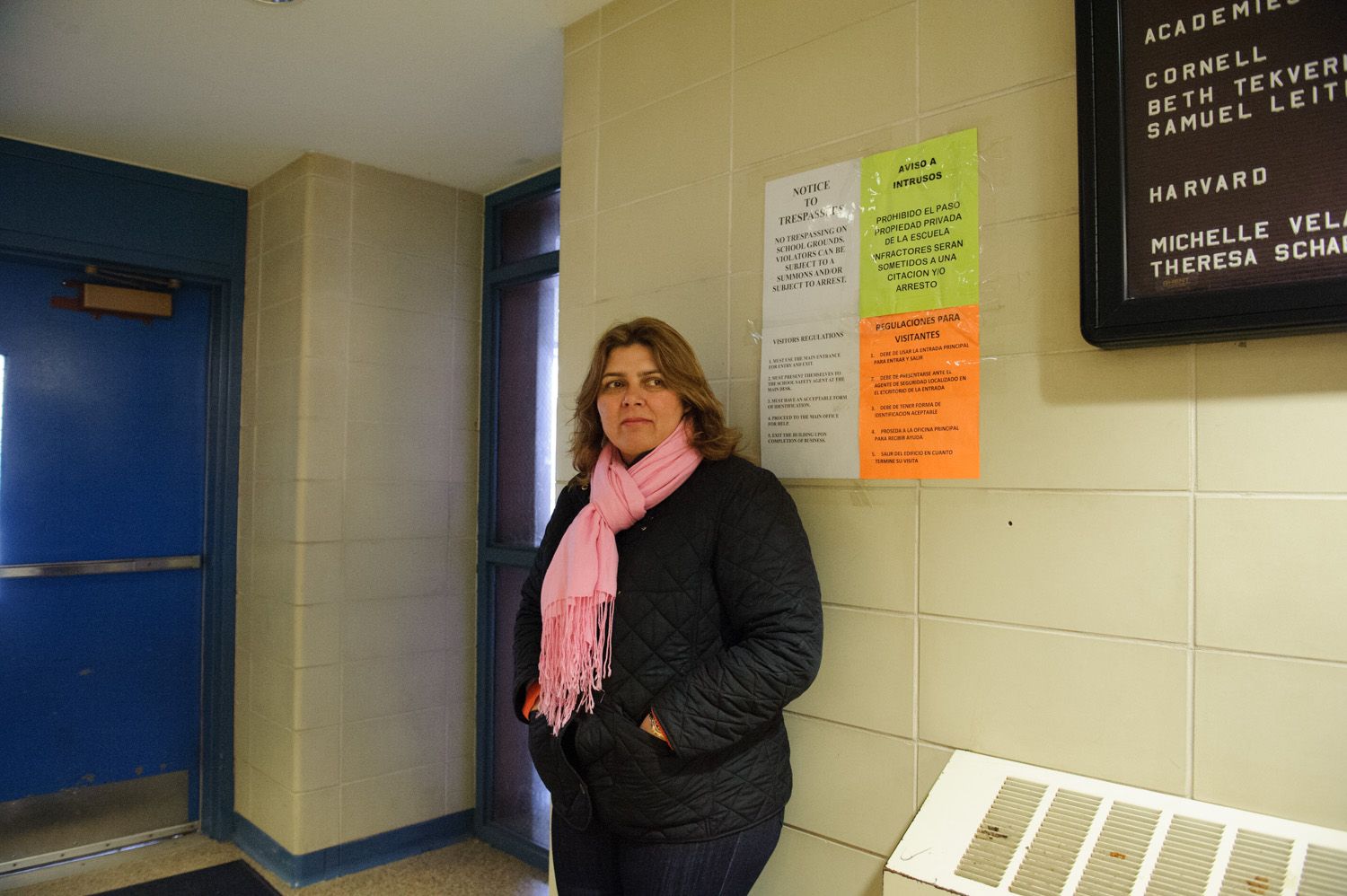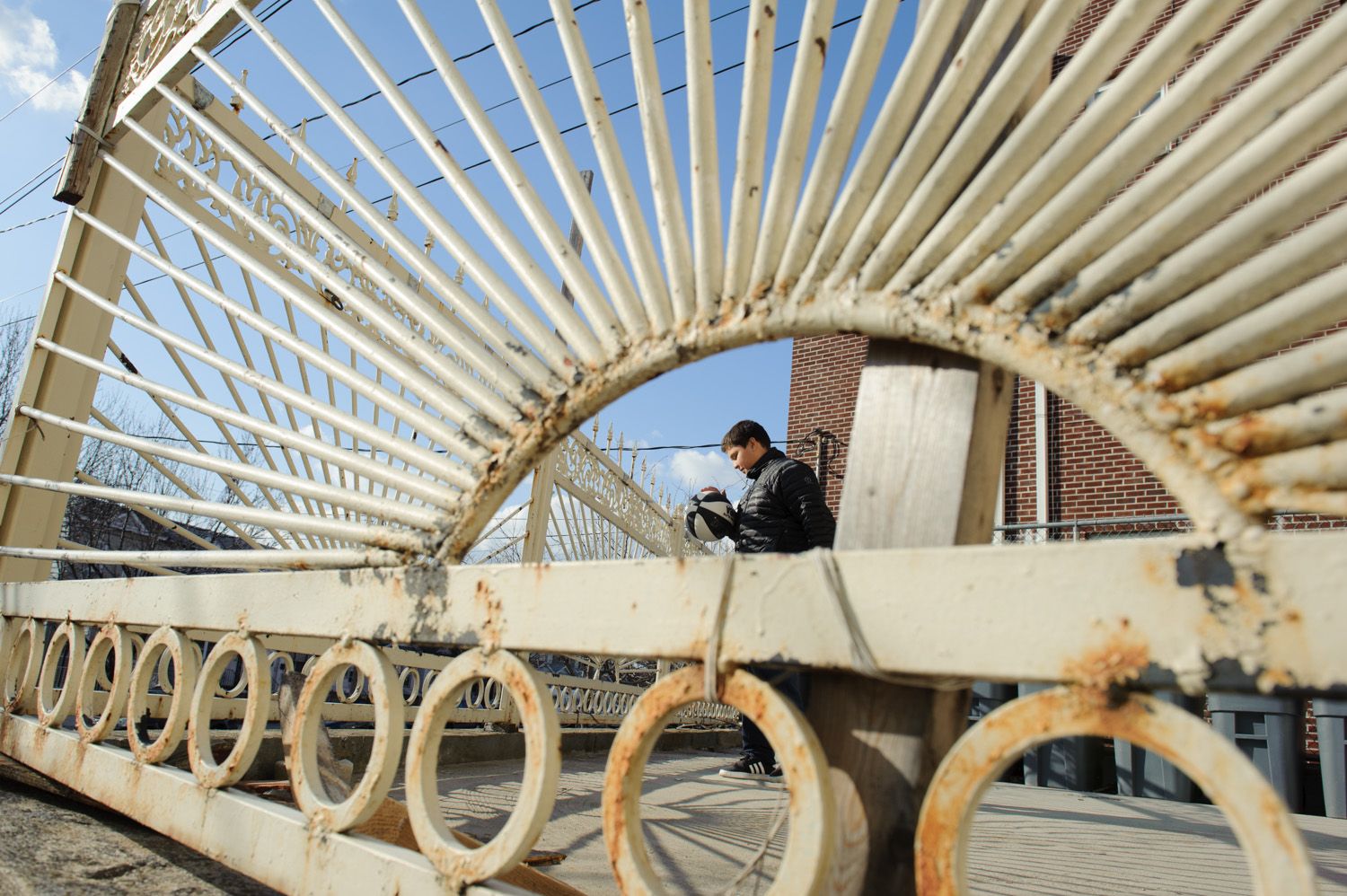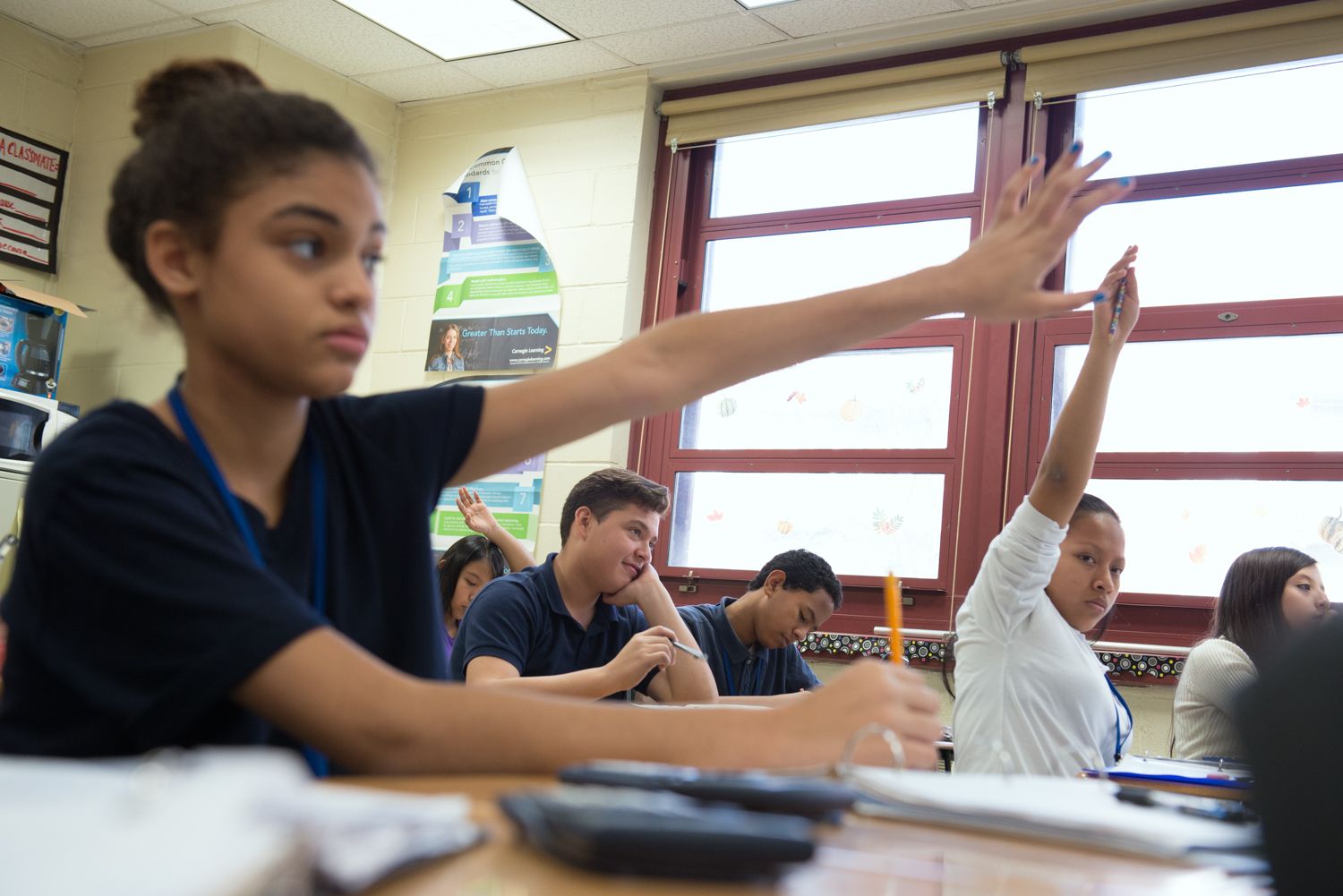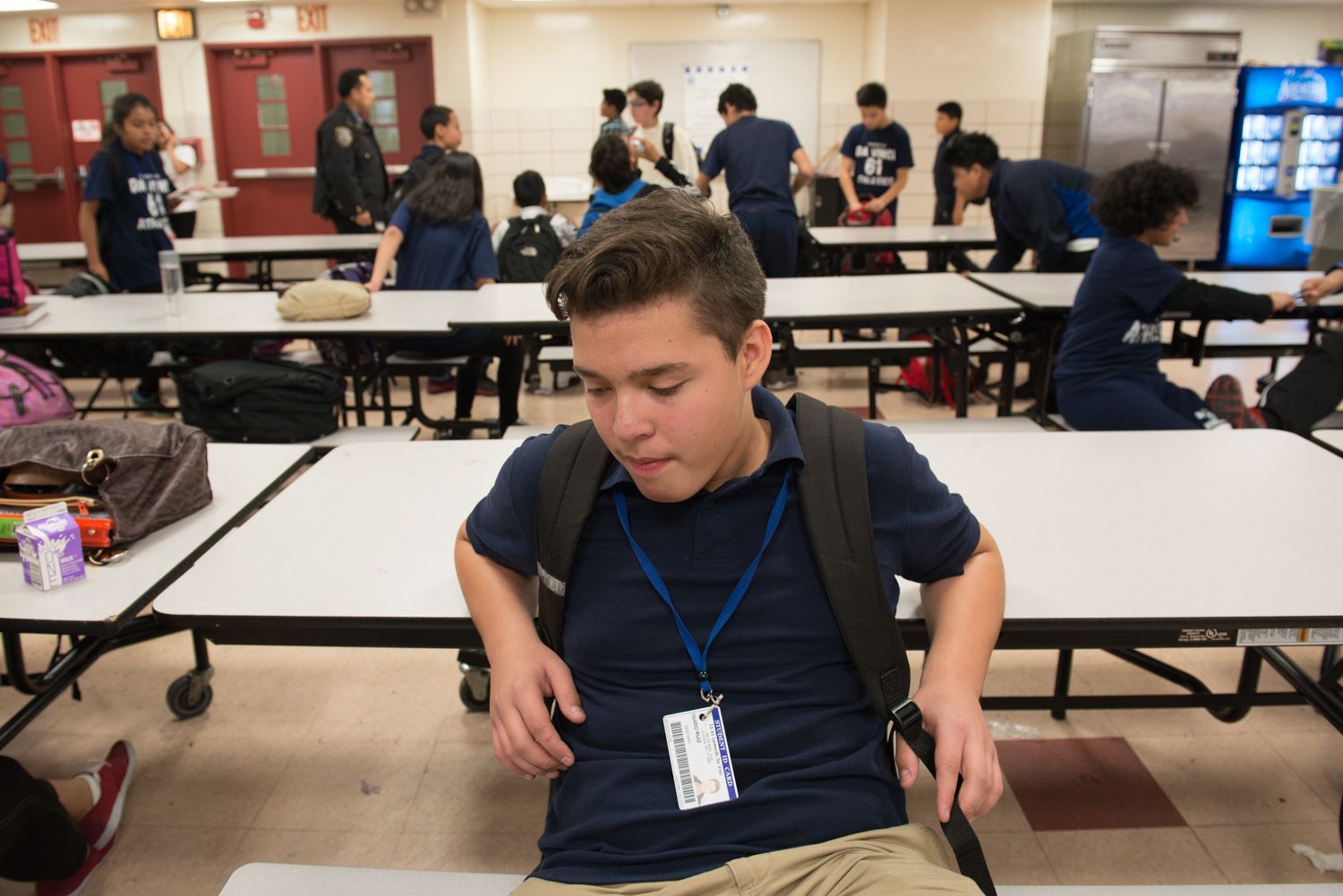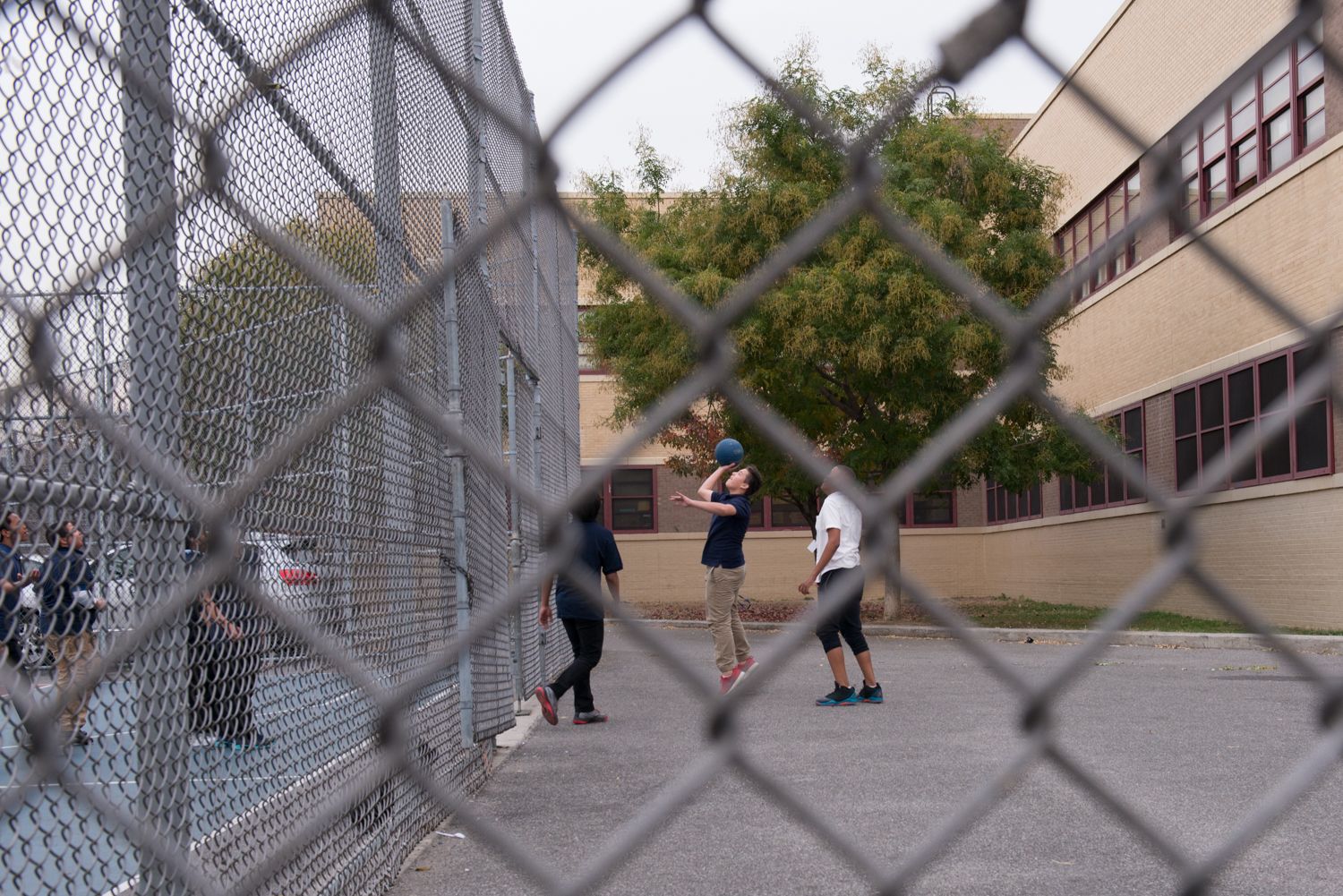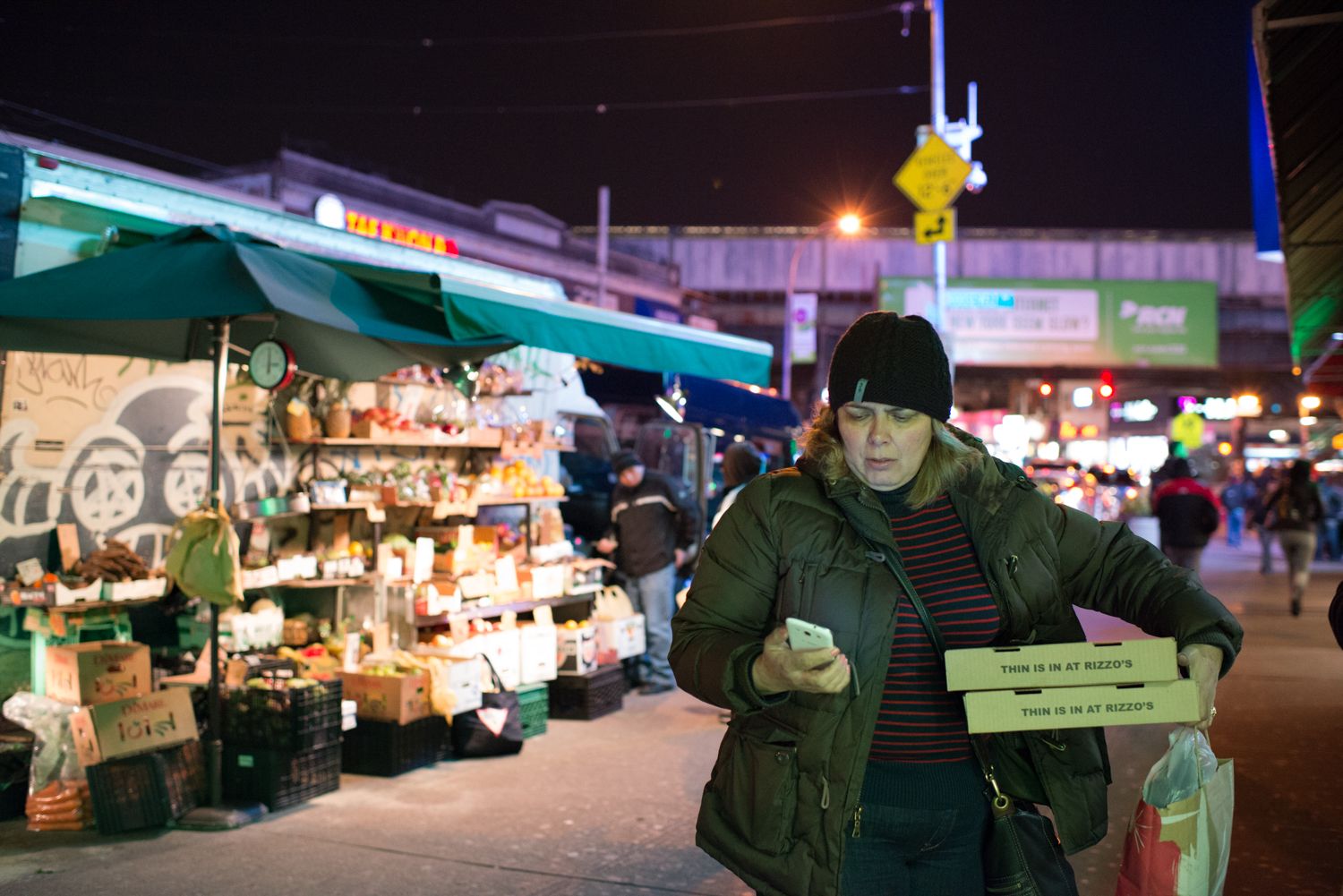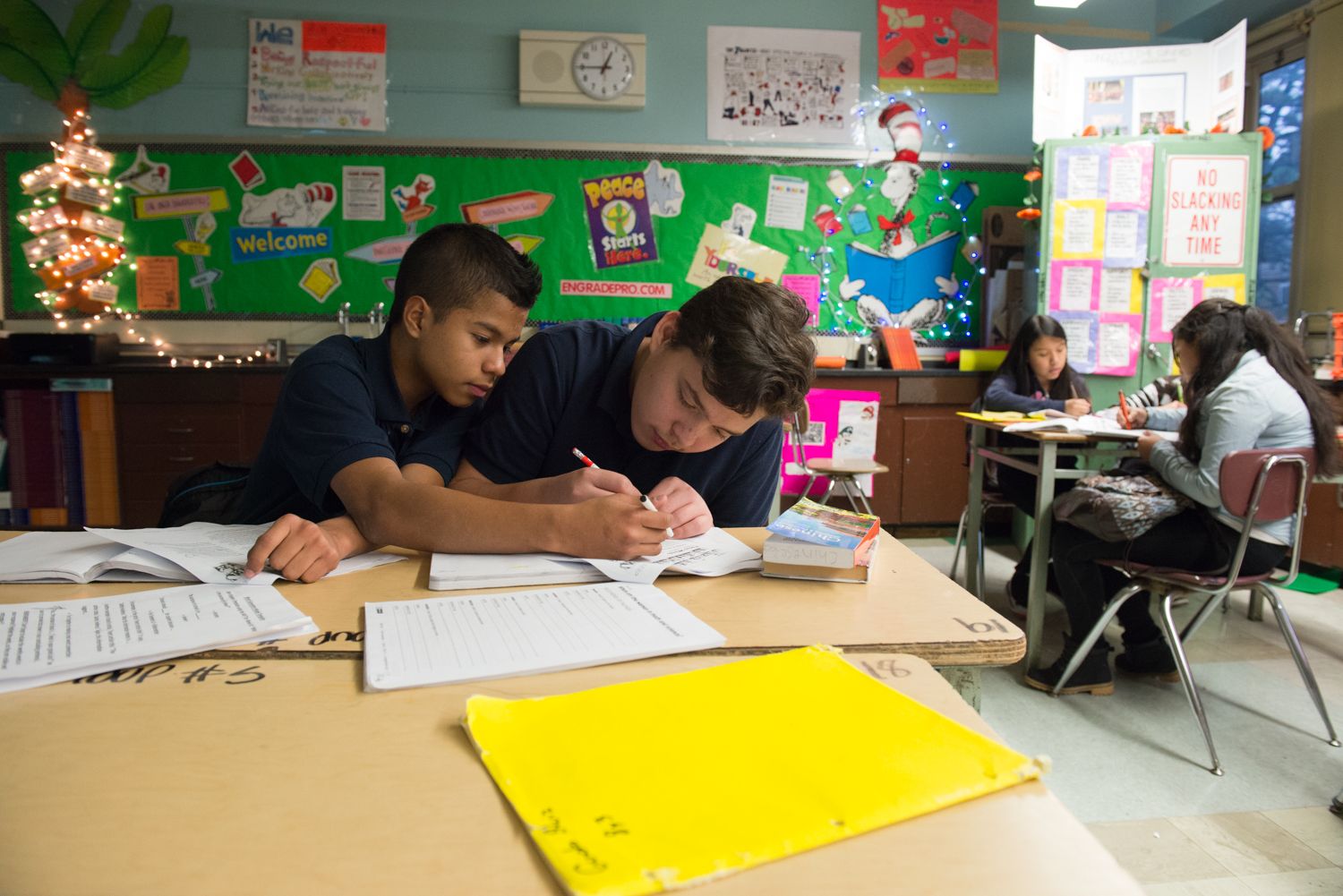Use Visual Thinking Strategies to look at the photo essay From Paraguay to New York City: Class Struggles (Resource 1) as a group. (15 minutes)
Looking at photo number six, you’ll make observations about the photograph that will help you understand its meaning. You’ll be like a detective, collecting visual evidence. (Teacher, ask the class these open-ended questions. Follow up on student observations with further open-ended questions, but try to push the students to look more deeply and back up their ideas with visual evidence rather than offering your own opinion.) What do you see in the photo? What is happening? What do you see that makes you say that? What else do you see? What do you think this story is about? What else do you want to know?
Now choose another photograph from the series to discuss as a class. Answer the same open-ended questions: What do you see in the photo? What is happening? What do you see that makes you say that? What else do you see?
When a photographer takes a picture, she has thousands of moments and objects to choose from. She could photograph the sky, an embrace, a close-up, a wide shot, a smile, a frown. But she chose this one to tell this story. How does this photograph’s use of color communicate a feeling or idea? How about its shapes (composition)? Background? Movement? Does the photo remind you of anything in your own life, or things you’ve seen?
What do the photos tell you and what do you still want to know?
Listen to How an Immigrant From Paraguay Reunited with Her Son (Resource 2) with the whole class. (10 minutes)
Take notes while you listen. You will probably have more than one answer to each question:
- Who are the characters in the story?
- Where does the story take place?
- When did it happen?
- What happened to the characters?
- Why did it happen?
Turn and talk to a partner: which of the Seven Economic Principles influenced this story the most? In which way? Share out. (10 minutes)
Write a paragraph explaining how the story was shaped by one of the Seven Economic Principles. Use evidence you saw and heard. (10 minutes)
Materials
Computer
Internet access
Projector
Paper
Pens/pencils
The lesson guides students through closely observing photographs, making inferences about the images’ meanings defended by visual evidence. Teachers lead this activity by asking open-ended questions; Visual Thinking Strategies has sample videos that can help educators ask open-ended questions to build visual literacy, as does the Responsive Classroom.
This lesson is most effective with students who have a basic understanding of economic concepts.
